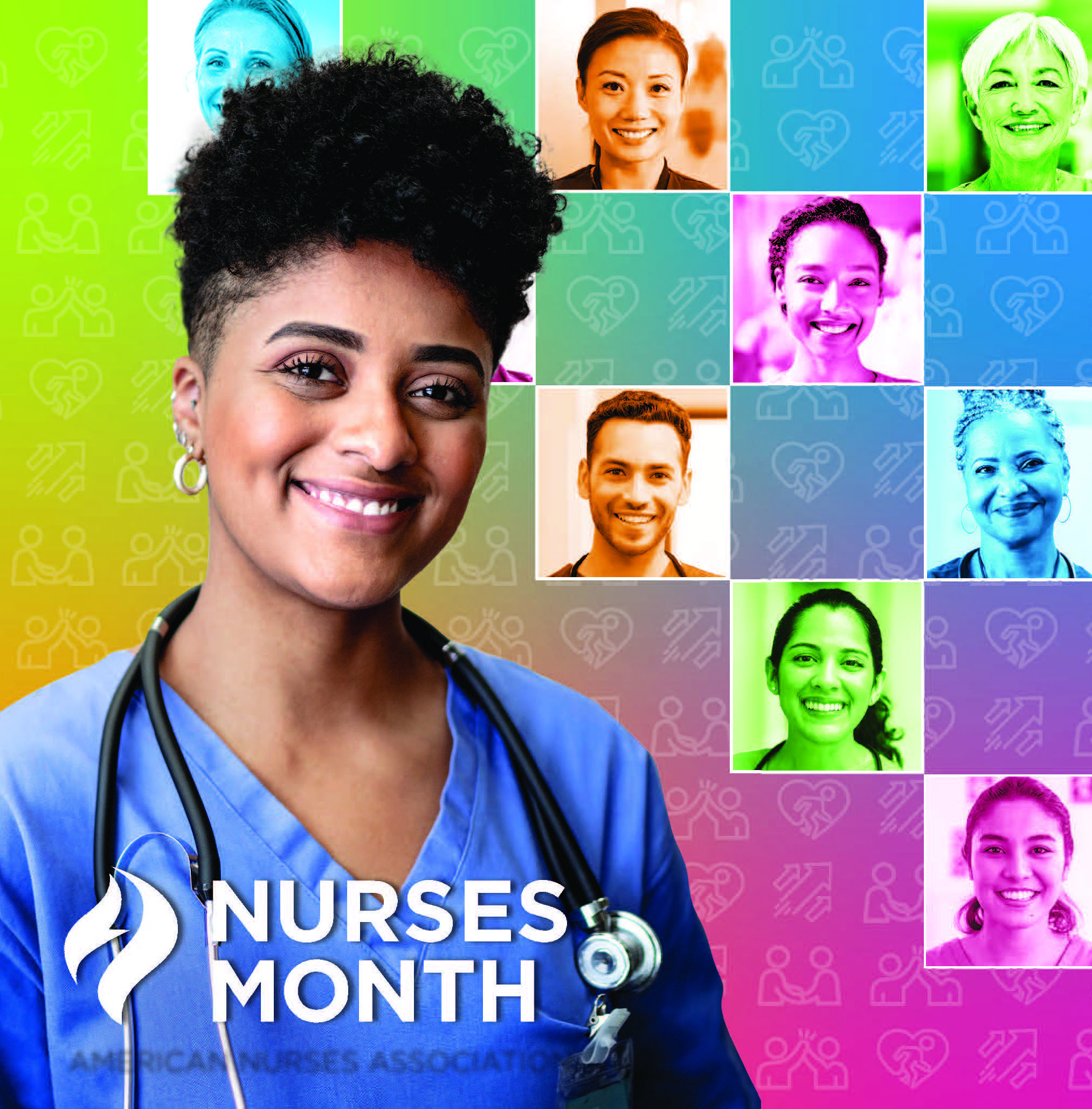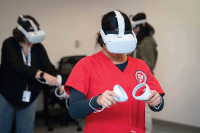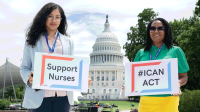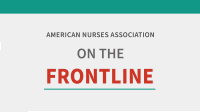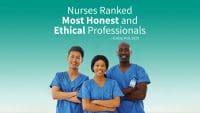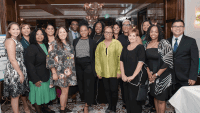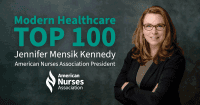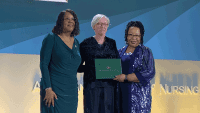Pursuing passions leads to personal fulfillment
No two nurses’ careers are the same. One of the most rewarding aspects of the profession is the unlimited number of opportunities to make a difference. To help celebrate Nurses Month, ANA on the Frontline is sharing the stories of nurses who chose distinctive paths to make significant impacts.
Fresh starts and restarts
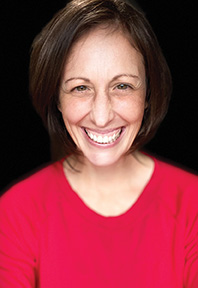

Timing—both good and bad—has played a crucial role in the career journey of Jean Ross, MHA, BSN, RN. It shut down one business idea but made another possible.
As a critical care nurse for 6 years at Indiana University Health in Indianapolis, Ross discovered that she loved working with the elderly. But she also found it disheartening. “Critical care is a difficult place to be when you’re in your 70s or 80s,” said Ross. “Seeing so many seniors in my practice, I started thinking about what could be done to promote a better aging experience in the community.”
Wanting to explore this idea and create a better work-life balance for herself, Ross, an Indiana State Nurses Association member, struck out on her own, working with seniors and their families to help them navigate the complexities of the healthcare system. As her client list grew, she decided to expand and soon had nine nurses under contract whom families could hire to accompany their elderly loved ones to healthcare appointments. They were excited about the opportunity to share their knowledge and skills directly with families.
That service was ready to go in February of 2020, underscoring the bad timing aspect of Ross’s career journey.
“The business just disintegrated,” when the pandemic hit in March 2020, Ross said. But she refused to be crushed. Instead, she reflected on her business plan and saw an opportunity to change a few things.
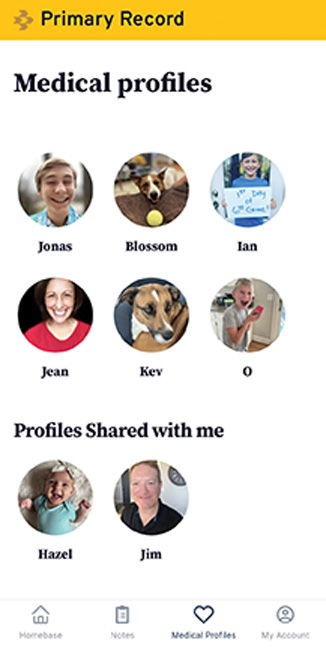

At $85 an hour, her services were out of reach for many families. “That had always bugged me,” Ross said. “I started looking for ways to change my business model to provide more benefits to more people.”
In addition, outside of a clinical setting, Ross found it difficult to collect her clients’ healthcare information. “I could no longer log into the system and learn everything about my patient. And older people had a hard time recalling all their procedures and diagnoses and prescriptions,” she said.
Patients have always been able to access their own healthcare records, but it was an inefficient process. “They’d have to call the medical records office and have them fax a stack of papers,” recalled Ross.
As she was brainstorming ways to make that process easier for families, a provision of the 21st Century CARES Act came along—just in time. Since October 2022, healthcare organizations have been required to give patients access to all of their health records in digital format.
Armed with this new requirement, Ross co-founded Primary Record, a company that’s now in the end stages of developing an app that simplifies the management of health information for families by allowing a patient or caregiver to pull patient portals together into one place.
Ross sees this tech venture as an extension of her work as a nurse. “One of the most valuable things nurses do is translate data and help families interpret it,” she said. “We’re helping patients apply this important information to improve their health and their everyday lives.”
Switching gears, changing lives
Joining the Air Force was how Andrew Nydegger, DNP, MSN-Ed, RN, CNE, chose to make an impact on the world. When his military career ended early due to a medical discharge, he wanted to find a career that he could take pride in.
“I wanted to not only provide for my eventual family, but also do something good and be able to hold my head high,” said Nydegger. Inspired by the nurses who took care of him during his illness, he decided that nursing checked all those boxes.
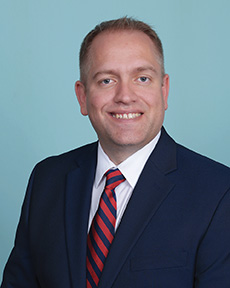

In 2010, with a nursing degree from the University of Utah in hand, Nydegger began his job search—right in the middle of a recession. “It’s hard to imagine now, but there weren’t a lot of nursing jobs available then,” he said, “so I ended up taking a position as a clinical instructor in a nursing assistant program.”
Life was throwing Nydegger another curve ball—but he power-hit a home run.
“As soon as I started teaching, I was hooked,” Nydegger said. “I knew what I wanted to do for the rest of my life.” Shortly after, he got his MSN-Ed and then took a position as a clinical adjunct professor.
Nydegger found his students inspiring and quickly grew into the role of mentor. “When a discouraged student comes to me for help, I can empathize. I tell them ‘I actually failed a class in nursing school,’” he said. “I’m an example of how you can learn from your mistakes and keep going.”
Now the executive director of academic operations at the Arizona College of Nursing, which has campuses all over the United States, Nydegger’s experience has given him a unique perspective on the nursing educator shortage.
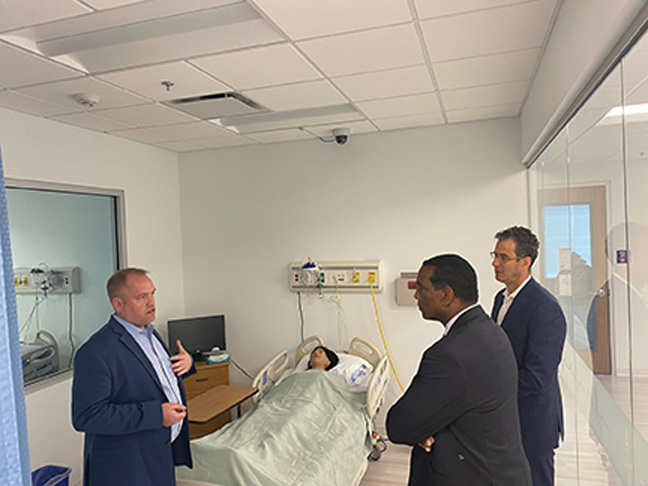

Nydegger’s zeal for the profession led him to embrace leadership roles at the Utah Nurses Association, where he currently serves as president. The best thing about his position, he said, is that it provides an opportunity to build relationships.
“In this role I get to meet so many different people,” Nydegger said. “Not only nurses, but hospital administrators, politicians, and people in the community. Finding common ground is the first step to collaboration.”
Nydegger hopes that this relationship-building will help repair the damage wrought by the pandemic. “My goal is to create engagement and camaraderie,” he said. “We, as nurses, need to look out for each other. I think we can grow stronger as a profession. But we can’t do it alone.”
Community connections
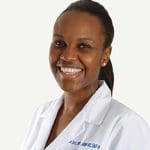

One experience—or a series of them—can change the trajectory of a nurse’s career. That’s definitely true for Marie Smith-East, PhD, DNP, PMHNP-BC.
An alumna of the Substance Abuse and Mental Health Services Administration Minority Fellowship Program at the American Nurses Association, Smith-East’s first career plan didn’t include nursing—even though both her mother and grandmother were nurses.
“I started off as an EMT on an ambulance,” she recalled. “A paramedic colleague told me I’d make a good nurse.” It was a calling she couldn’t turn away from, and she did her clinical rotations at the University of Miami, where her grandmother worked.
But there were more twists to come.
Working in an intensive care unit (ICU), Smith-East was amazed when she saw the effect haloperidol had on a patient with ICU psychosis (a disorder in which ICU patients experience a cluster of psychiatric symptoms). The patient’s change in behavior “was like night and day,” she said. “It changed my whole career. I knew immediately that I wanted to go into psychiatric nursing.”
Smith-East, a Florida Nurses Association member, was aware that pharmacology was just one part of the mental health treatment picture. “I grew up volunteering with my family through the Salvation Army, and I still do,” Smith-East said. This work included packing and distributing essential items to people experiencing homelessness and other crises, which brought the social determinants of health (SDOH) up close, as did her clinical work.
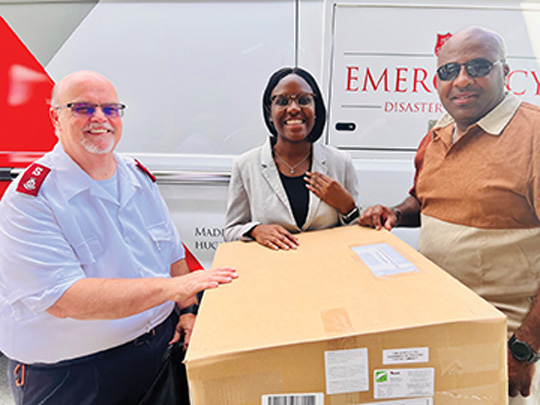

Smith-East with Mayor Robert Winters, Corps Officer for the Salvation Army of Daytona Beach (left) and her stepfather, Warren Scarlett (right)“I was working in a community mental health center and a patient came in who had been involuntarily admitted,” she recalled. The patient, a young Black man, had stopped taking his medication. During intake, the man told Smith-East that he had run out of peanut butter for his sandwiches. “Somewhere along this patient’s journey, he’d been told to take his medication with food,” said Smith-East, “and to make it more concrete for him, he’d been told to take it when he made his peanut-butter sandwich.”
“He relied so heavily on community resources,” she said. “He was a living, breathing example of how the SDOH affect people.” This experience determined her research focus. “I studied patients who have schizophrenia spectrum disorders, looking at how far they lived from a clinic or community healthcare center and other factors to see how they affected the patients’ treatment adherence.”
In addition to her research, Smith-East teaches graduate nursing students at the University of North Florida in Jacksonville and has her own telemedicine practice. Her busy career hasn’t slowed down her volunteer work. She serves on the Salvation Army advisory board in her town and volunteers with the Schizophrenia and Related Disorders Alliance of America. She also is board chair of The Hyacinth Scarlett Foundation, a 501(c)(3) organization she established in honor of her mother.
“I want nurses to know that there is so much they can do to increase their reach,” Smith-East said. “Whether that’s through your research, or volunteering, or coming up with innovative ways to teach your students, the possibilities are endless. Put yourself out there and you’ll be amazed at the opportunities that come to you.”
Self-care: Finding support
![]()
![]()
The American Nurses Foundation Well-being Initiative offers resources designed specifically for nurses to help them build resilience and manage stress, burnout, and other mental health issues.
Those resources include digital mental health and wellness-related tools, a phone-based service that allows nurses to talk to mental health experts confidentially, specialized apps, and other ways to support their emotional well-being. The Well-being Initiative website also offers access to free and discounted therapy for nurses, along with links to get help with grief, suicide prevention, financial support, and more.
The ANA Enterprise Healthy Nurse, Healthy Nation™ (HNHN) program connects and engages nurses, employers, and organizations around improving health in six areas: mental health, physical activity, nutrition, rest, quality of life, and safety. One part of the HNHN experience is its blog, in which nurses share how they’re managing their health, both physical and mental, by doing things like eating healthier, leaving alcohol behind, practicing mindfulness, and gaining the courage to make major life changes.
ANA offers members complimentary access to the SE Healthcare Burnout Prevention Program. The program includes a collection of short videos on all aspects of burnout prevention to fit into busy schedules. The content was designed by experts especially for nurses and other healthcare providers. All videos provide CNE—up to 25 contact hours. Sign up at nursingworld.org/burnout-prevention.
Access the Well-being Initiative at nursingworld.org/wellbeinginitiative.
Be a part of Healthy Nurse, Healthy Nation™ at hnhn.org.
Join in the Nurses Month celebration. Visit
nursesmonth.org.
— Elizabeth Moore is a content creator at ANA.
American Nurse Journal. 2023; 18(5). Doi: 10.51256/ANJ052336

